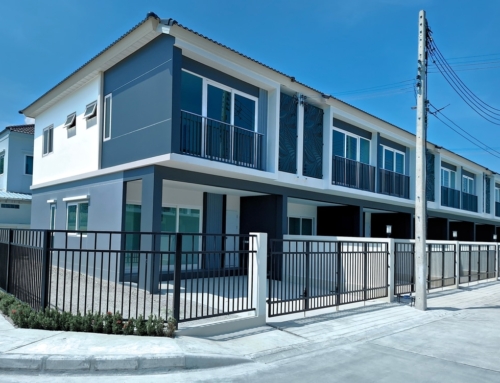Recently, I saw my friend’s bills for installing solar power systems into her home. It cost her about $20,000. Wow! That’s a big chunk of change. I had to wonder if this was really a cost-effective solution.
First of all, her cost was reduced by tax credits from both the IRS and the state of California. For 2012, there is a 30 percent IRS tax credit (Form 5695) for installing certain energy systems, including solar water or electricity, geothermal, and wind systems. When my friend installed her solar power systems, she received a California energy credit, too. We’re in between credits at the moment in California; however, your state may be offering credits right now.
Look up the variety of energy-related rebates available in your state at Energy.gov. There, you will find more than just state tax credits—you will also find rebates from utilities, manufacturers, and possibly from your city, county, or community, as well. You may also find that your utility company is willing to buy back your excess energy production.
Taking advantage of the incentives can bring the cost of installing these energy systems down dramatically. You probably can’t bring the cost to zero, but perhaps you’ll be able to get a return of half of your expenditures or more.
Other energy tax breaks
Through 2011, the IRS offered a limited tax credit for residential improvements of up to $500 (lifetime limit). This credit might be renewed for 2012. If it is, it may continue to cover installation of weatherproofing, such as insulation, double-paned windows, and so on. Check with your state, as it may still be offering this type of credit.
Medical home improvements
There are also things you can do to your home that will result in medical tax deductions. You can set up the home with ramps and railings, and you can remove obstructions for someone who is disabled. You can install special bathtubs or even pools or spas for medical deductions. However, if you want to claim medical deductions, be sure to get a written document from a physician (or several) spelling out that these are required improvements for medical purposes—and the reasons they are needed.
You will be able to deduct the entire cost of the improvements above 7.5 percent of your adjusted gross income. However, if the modifications or improvements increase the market value of your home, you will need to reduce the medical expense by the increase in value.
Incidentally, your medical insurance or employer may be willing to pay for some of those costs. Be sure to submit the invoices for reimbursement, if possible. Or, if you have a flexible spending account, try to include these costs so that you never pay taxes at all on this part of your income.
Save a few extra dollars
Some states offer sales tax holidays for a variety of energy expenditures. Visit this list to see if and when your state waives the sales taxes.
Eva Rosenberg, EA, is the publisher of TaxMama.com®, where your tax questions are answered. She teaches tax professionals how to represent you when you have tax problems. She is the author of several books and e-books, including Small Business Taxes Made Easy. Follow her on Twitter: @TaxMama





